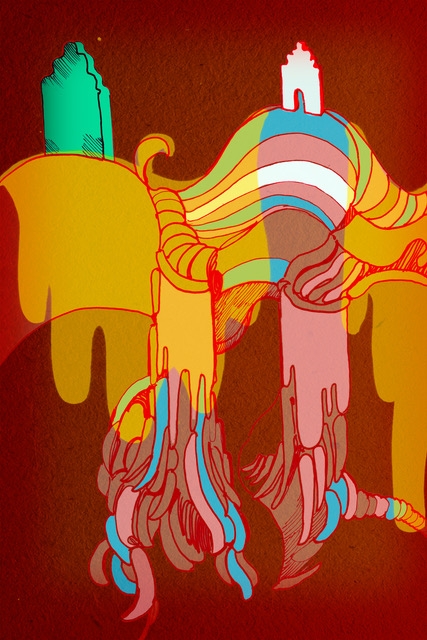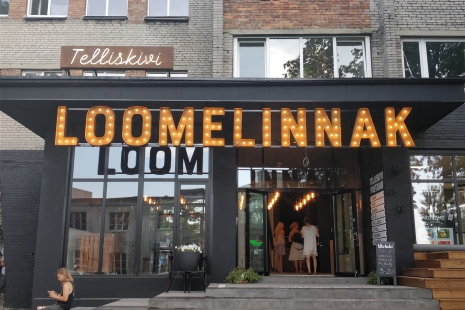Feminist Utopias are illustrated images by artist Lilli-Krõõt Repnau for the Feminist Ministry’s series of articles of the same name. A total of 11 articles were published in 2020–2021. “Feminist utopias” reflect alternative dreams of what the future might and should look like, but they also reflect the utopian notions of the present. What do we miss? Who and how do we want to be? How to achieve this? These questions were discussed by representatives of various disciplines: Kadi Viik, Raili Marling, Laura Vilbiks, Jüri Kolk, Sara Arumetsa, Rebeka Põldsam, Andris Feldmanis, Kadri Aavik, Sveta Grigorjeva, Redi Koobak and Margus Ott.
“I started visualizing a series of articles in the spring of 2020, when, due to circumstances, drawing became my primary creative tool. It has been exciting and compelling for me to read these utopian texts. I agree with Raili Marling, author of The Woman and Utopia, a Feminist Utopia, that it is important to think about how things might be different from time to time. In hes reflection, she says: “Later, as the euphoria of the success of the feminist movement in the 1960s dissipated and we see how difficult it is to change misogynistic structures and the organization of society more broadly, more and more feminist dystopias have been created. The pioneer is Margaret Atwood’s The Story of a Maid (1985, in Estonian 1993). Similar dystopias, in which women have been reduced to maternity machines, have appeared in the ranks for the last ten years, and the current political situation is likely to increase.” That is why it is important to find utopian perspectives and think about how we can live differently, ”says Repnau.
Lilli-Krõõt Repnau (b. 1982) is a graphic artist and illustrator of several poetry books and publications, and a lecturer in drawing at the Faculty of Liberal Arts of the Estonian Academy of Arts. She has made films, a band and performances. At the moment, Lilli-Krõõt is continuing her studies in the joint curriculum of Tallinn University and the Estonian Academy of Arts in the field of art education in order to improve her knowledge in the work of a lecturer.
The graphic pages are printed in riso technique.
The exhibition in up in Telliskivi Creative City’s Gallery two building (Telliskivi 60a/1 and Telliskivi 60a/2)





